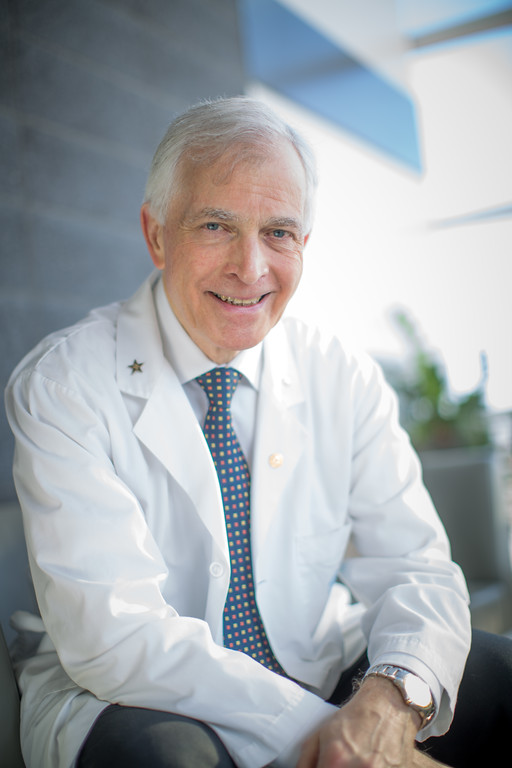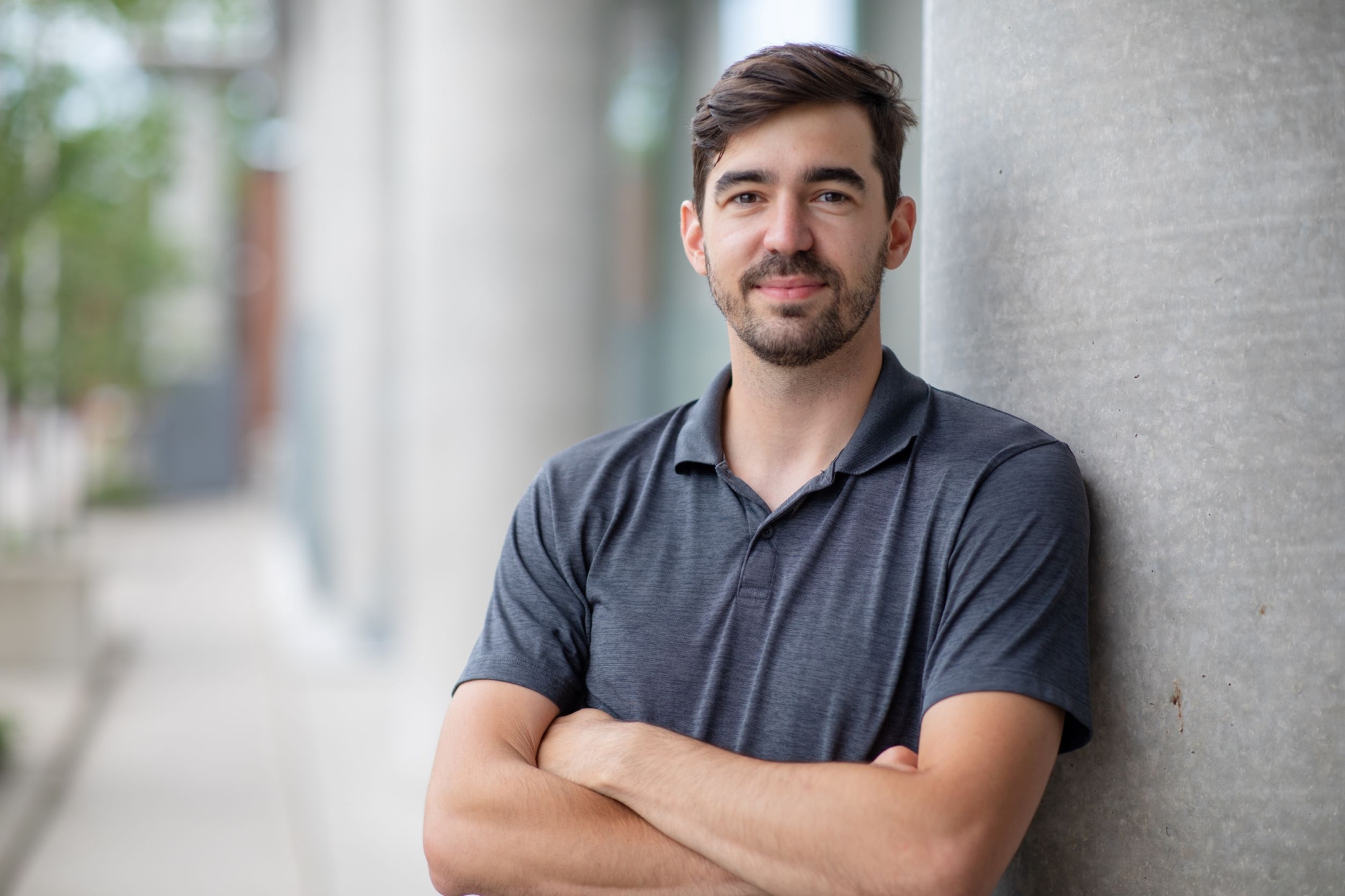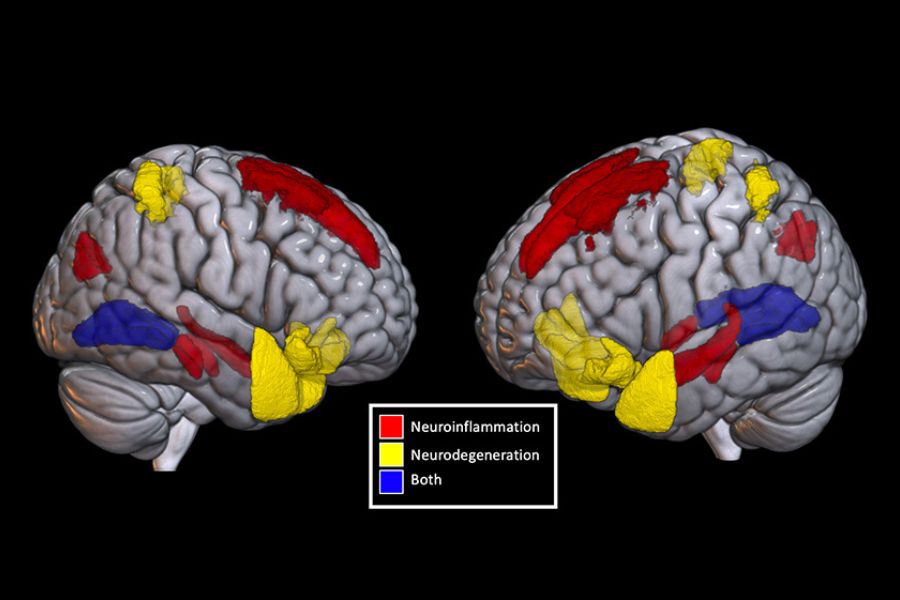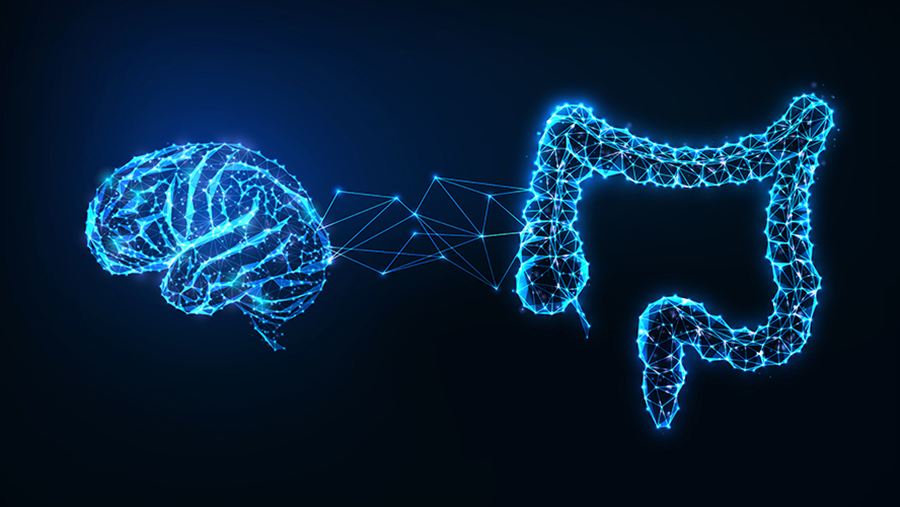
April is Parkinson’s Awareness Month, an opportunity to expand our understanding of Parkinson’s disease and the profound effects it has on the lives of over 110,000 Canadians. As we recognize those living with this condition, we also celebrate the most recent breakthroughs in Parkinson’s research at UHN.
Parkinson’s disease stems from neurodegeneration—a process where brain cells, particularly those producing dopamine, deteriorate prematurely. This cell loss triggers tremors, muscular rigidity, movement slowness, and gait difficulties that impact daily life. While no treatments currently halt neurodegeneration, UHN’s groundbreaking research is spearheading new studies, clinical trials, and research initiatives to expand treatment options and, ultimately, discover a cure.
UHNITED against Parkinson’s disease
The Krembil Brain Institute at Toronto Western Hospital is home to the Edmond J. Safra Program in Parkinson’s Disease, containing the long-standing Morton and Gloria Shulman Movement Disorders Clinic. The Program stands as a Parkinson’s Foundation Centre of Excellence and ranks among North America’s largest specialized centres, serving over 10,000 patients annually.
Here, expert care is delivered to patients from around the world, with a mission that seamlessly integrates exceptional patient care with innovative research. Together, a distinguished team spearheads Parkinson’s investigations at UHN, consistently achieving landmark discoveries that deepen our understanding of Parkinson’s disease causes while developing revolutionary therapies. These advances include several headline-making breakthroughs from the past year that are outlined below.
A potential game-changer
In a shift from symptom-focused diagnosis, an international team led by Krembil Brain Institute’s Dr. Anthony Lang has unveiled a new biological model for classifying Parkinson’s disease. While traditional approaches concentrate on visible motor symptoms like tremors and stiffness, this framework dives deeper—targeting the underlying biological mechanisms driving the disease.
The cutting-edge SynNeurGe (“synergy”) model transforms our understanding through three critical biological markers:
S: Pathological alpha-synuclein (α-Syn) accumulation in brain tissue
N: Measurable neurodegeneration as the condition advances
G: Genetic variants that elevate Parkinson’s risk
This dynamic “S-N-G” system captures the true biological complexity of Parkinson’s, enabling researchers to categorize patients based on distinct disease processes rather than merely observable symptoms. Though not yet implemented clinically, SynNeurGe represents an advancement toward personalized medicine for Parkinson’s patients—potentially transforming how we distinguish Parkinson’s from similar neurodegenerative conditions and enabling us to customize treatments for specific patient subgroups.

Slowing disease progression
Krembil Brain Institute Senior Scientists Drs. Suneil and Lorraine Kalia have discovered that deep brain stimulation (DBS) may do far more than simply mask Parkinson’s symptoms—it could actively slow the disease’s relentless march. While DBS has been a cornerstone treatment for managing Parkinson’s motor symptoms by delivering targeted electrical impulses to the basal ganglia, this research reveals its potential to directly fight the disease’s underlying mechanisms. The team uncovered evidence that DBS can reduce the toxic accumulation of misfolded alpha-synuclein (α-Syn) proteins — a key driver of Parkinson’s progression.
The researchers discovered that stimulating a region of the basal ganglia called the substantia nigra pars compacta led to lower α-Syn levels and reduced harmful effects on brain cells, while stimulating a nearby region that is more commonly targeted by DBS—the subthalamic nucleus—had no effect on α-Syn levels.
These findings suggest that the ability of DBS to slow the progression of Parkinson’s may hinge on precise targeting within the brain. Such insight could change treatment strategies, potentially creating dual-action DBS approaches that both relieve symptoms and protect vulnerable neurons. While more research is needed, this study highlights the exciting possibilities of expanding therapies like DBS to better treat neurodegenerative diseases.

Tailoring treatments
A team led by Krembil Brain Institute Scientist Dr. Luka Milosevic discovered that cells in a key movement-related brain region (the globus pallidus internus) behave differently in Parkinson’s disease and dystonia, two disorders that affect movement in opposite ways — Parkinson’s causing slowed movement and dystonia causing excessive, uncontrolled movements.
The group found that cells in this region fire more slowly and irregularly in dystonia, compared to Parkinson’s disease. They also discovered that different patterns of brain activity are related to the severity of motor symptoms in each condition—theta waves in dystonia and low-beta waves in Parkinson’s disease. Finally, they reveled that these cells respond differently to DBS in each condition.
These discoveries reveal that the contrasting motor symptoms in Parkinson’s and dystonia stem from fundamentally distinct changes in brain activity. Understanding these patterns will help neurologists tailor deep brain stimulation to match the specific changes in brain activity and responses to stimulation seen in each condition and better patient outcomes.
More information on the aforementioned research can be found with the following stories:
UHNITED Behind the Scenes
Check out our UHNITED Behind the Scenes: Looking to the future of care for people living with Parkinson’s disease — a virtual discussion featuring Drs. Anthony Lang and Lorraine Kalia, and hosted by UHN Foundation CEO Julie Quenneville. The in-depth moderated talk highlighted the latest research, treatment advancements, and strategies for improving the daily lives of those affected by Parkinson’s disease.

No one ever changed the world on their own but when the bright minds at UHN work together with donors we can redefine the world of health care together.


